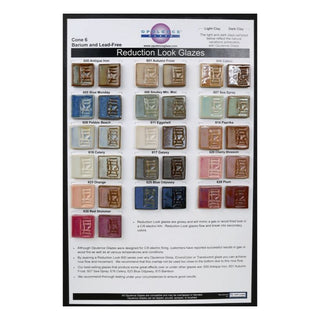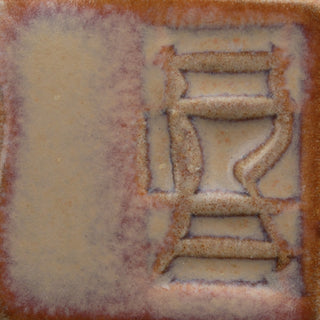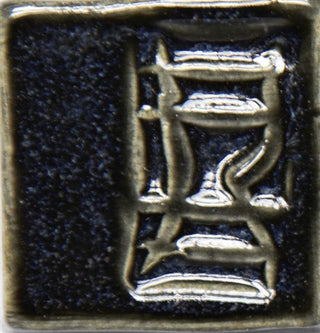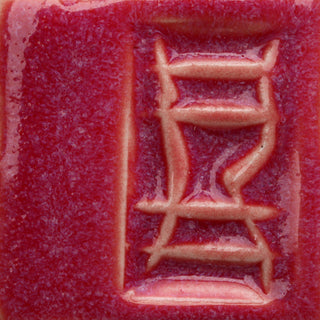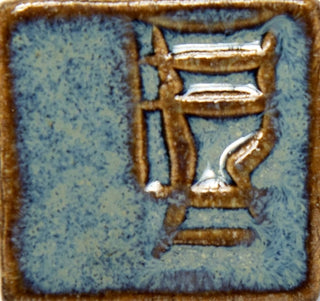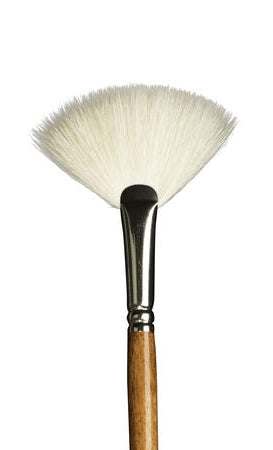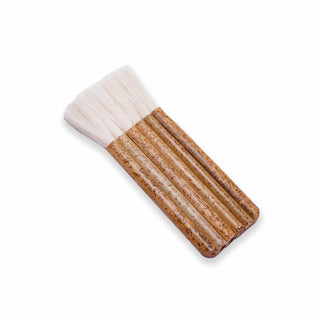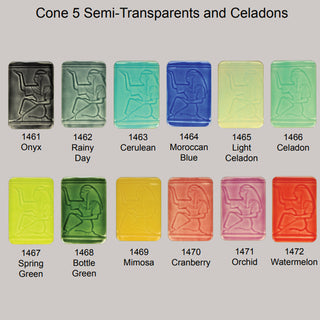Opulence Reduction-Look Glazes Cone 6 from Mid-South
Opulence Reduction-Look Glazes were developed to give that unique gas fired reduction look in a C/6 electric kiln. With 16 colors available, and our unique system of compatibility, you can mix colors together in varying ratios to achieve even more options. Opulence Reduction-Look Glazes are also compatible with the Gloss and EnviroColor line. They are completely barium and lead-free and are microwave and dinnerware safe.
We have two types of C/6 glazes: dry glaze manufactured for dipping or in liquid pints that are now enhanced for better brushability.
MIdsouth / Opulence Glaze mixing and application instructions below products:
MIDSOUTH OPULENCE GLAZE INSTRUCTIONS AND TIPS:
New Directions for BRUSHING Opulence Glaze Liquid Pints:
PLEASE READ: Brush 2-3 coats on C/06-04 Bisque. For best results, use a soft fan brush. When layering two different Opulence Glazes, use only 2-3 coats TOTAL to avoid over application. The brushable liquid pints can be modified for dipping/pouring by adding 2 capfuls of water and shaking well before using. Allow to dry thoroughly before glaze firing to C/6.
Mixing Instructions and Helpful Hints for DRY glazes, manufactured for dipping:
Reduction Look Glazes- Numbered 600-699
Mixing: 5 lbs. mix with 4.25 lbs. of water. Sieve through 80 mesh screen. 25 lbs. mix with 21.5 lbs. water. Sieve through 80 mesh screen. Suggested specific gravity 154-156
To determine if Opulnce Dipping Glaze is correct water to dry glaze ratio, you can measure the specific gravity. This method is helpful if the glaze has been sitting for an extended period of time or if you are concerned the glaze has become too thick or thin. Specific gravity is found by the weight of mixed water and glaze.
OPTION ONE: Weigh 100 cc of mixed glaze on a gram scale. (Be sure and tare out the weight of the container.) Refer to the suggested specific gravity of your glaze. If 100 cc of mixed glaze weighs more than the upper number of grams, then there is too much glaze in the mix (i.e. the glaze is too thick and additional water is needed). If it weighs less than the lower number of grams, there is too much water (i.e. the glaze is too thin and after the glaze has settled, some water needs to be cast off).
OPTION TWO: If you do not have a gram scale you can use any other type of scale. This method is not as accurate but will give you a general idea of the specific gravity. Weigh a small container of water and note the weight. Weigh mixed glaze in the same container and it should weigh 1.5 times the amount of water. If it weighs more than 1.5 times the weight of the water, then there si too much glaze in the mix (i.e. the glaze is too thick and additional water is needed). If it weighs less, there is too much water (i.e. the glaze is too thin and after the glaze has settled, some water needs to be cast off).
OPTION THREE: If you know the glaze is the perfect ratio for your use, weigh a small container full of the mixed glaze and not the weight. Use this container and measurement as a comparison for any time you are concerned about the glaze ratio or when mixing a new batch. If it weighs more than your predetermined weight, then there is too much glaze in the mix (i.e. the glaze is too thick and additional water is needed). If it weighs less, there is too much water (i.e. the glaze is too thin and after the glaze has settled, some water needs to be cast off).
Conversion Information
5 lbs. of glaze- 4.5 lbs. of water can be converted into liquid measurement into any of these quantities: 72 ounces, 9 cups, or 4.5 pints
25 lbs. of glaze- 22.5 lbs. of water can be converted into liquid measurement into any of these quantities: 360 ounces, 45 cups, 22.5 pints, or 2.8 gallons
Glazing Tips for DIPPING Opulence Glazes:
Make sure pot is bisque-fired, clean of sand, dust or oils by cleaning your pot with a damp sponge.
Wax the bottom of the piece and about ¼ of an inch on the side.
Wax must be dry.
Mix glaze well, stirring from the bottom up.
Dip your pot in for no more than 3 seconds (1- in, 2- submerge, 3- out)
Wait for that coating of glaze to dry and if combination is being used, dip the second coat again (1- in, 2- submerge, 3- out)
No more than one layer of glaze at the bottom of the pot.
No more than two layers of glaze on the middle, top, and rim.
Stay away from double dipping/layering two Opulence 600 glazes, they run!
Test tiles are encouraged to show movement and flow of glaze combinations. We recommend adding texture on the tile and an indention at the bottom. Do not glaze past this indention. If the glaze combination flows below the indention at the bottom of the test tile- that combination cannot go any lower than the shoulder of the pot.
After the glaze is dry, sponge off any remaining glaze off the bottom of your pot.
CUSTOMER REVIEWS - Q&A
Got a question about this product? Ask it here and get a response from our staff and also input from the Sheffield Pottery community!

